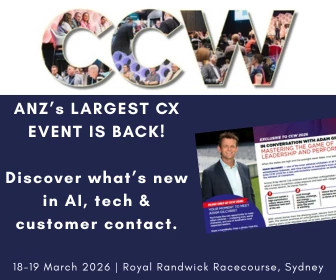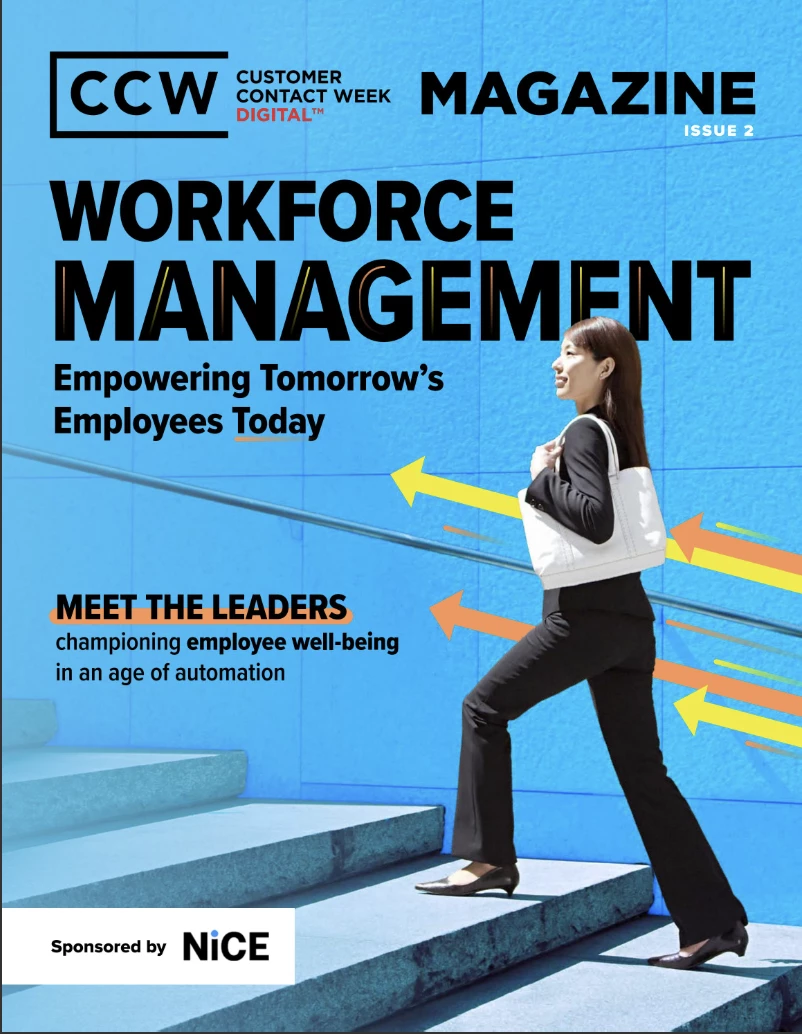The Future of Workforce Management
Add bookmark
One of the significant challenges facing workforce management today is the disconnect between individualized expectations for work and the realities and constraints facing those who make the organization-wide decisions on these issues. As organizations become more receptive to unconventional working schedules and roles become interdependent with all sorts of technology, workforce managers need to proactively adjust to strike a balance that will result in optimal output and employee engagement.
Throughout this issue we feature perspectives and experiences from those managing workforce initiatives and projects on a day-to-day basis. Like any discipline, their approaches vary widely between organizations. To better understand the state of WFM from the perspective of a regional economy, we interviewed Robert Thompson, the Workforce Development Manager for the City of Greeley, Colorado. Greeley is the fastest growing city in Colorado and the fourth fastest growing city in the U.S., and the region faces similar challenges to that of a rapidly growing organization. Robert’s insights, alongside findings from CCW Digital research on the employee experience, surfaced some consistent themes that point to the future of WFM.
Constant reinvention will be the new status quo
Business processes and organizational structure have seen a great deal of reinvention in recent years. Enough has been written about the ways the pandemic and its aftermath reshaped the notion of workplace, but as years go on, the unique mix of cultural trends and technological capabilities have kept the momentum of change going.
In the past, the implementation of a human capital management (HCM) tool or enterprise resource planning (ERP) software would send ripples of change throughout the organization. Today’s enterprise tools almost exclusively center AI, and with this their introduction brings much larger shockwaves of change. Workforce management notoriously faces challenges in the discrepancy between what outcomes sound good on paper, and how those changes actually affect employees’ performance. This discrepancy is exacerbated by AI: the promises are more attractive, but the downsides are yet uncharted, and can be destructive if adequate oversight is not there.
At the same time, AI in the category of employee-assist can be transformational in what a team is capable of.
“I think AI is a level setter. I tell people all the time that AI is not the endpoint, it's the starting point. So, if you're curious, and you understand how to ask questions, and you understand context, syntax, and tone, when you understand the etymology of the words, and you implement that into AI, It helps level the playing field to get you from 0 to 80%. Then you're able to do more in-depth personal research to get to that last 20.” - Robert Thompson
The opportunity for AI to upskill an existing workforce is tremendous. Still, potential for AI and automation to deliver positive change for an organization is tempered by the breadth and clarity of its data. When leaders fail to thoroughly consider how the promises of technology fit into their existing conventions, they open the door for disorganization and lost potential.
“Perfect” employees are fewer and farther between
Anyone who has sought out a new role in the past few years knows that the process is rife with difficulty. Increasingly, employers are looking for highly specific candidate profiles and experience while using AI filtering to pass over resumes without a human ever looking at them. Not only is this discouraging for candidates, it damages the wider candidate pipeline and employer brand image that takes years to build.
Uber-specific hiring profiles are self-limiting, but in-house training and upskilling are more accessible than ever. Employers who are more receptive to taking a chance on candidates that demonstrate strong soft skills, such as enthusiasm about the work and propensity for learning, will have a much easier time successfully filling a role than looking for years of experience with a given software in a specific industry.
“One thing I tell people all the time is I like hiring customer service reps, telemarketers, and bartenders. Why? Because they’ll talk to anybody. The one thing that a human can do that AI can't do. If you can have a conversation and know how to listen and respond and engage, that's what we can do that AI can't.” - Robert Thompson
As automation eats away at the entry level jobs that the workforce has naturally used to pressure test new hires and ease them into a business, employees will bear the brunt of the responsibility to ensure they’re prepared for the work and field they choose. As employees take ownership of their development, employers that offer tools to self-develop will have a competitive advantage.
In regional workforce management, one way this can be done is through alleviating barriers to work. Robert’s work involves engaging segments of the workforce that may be shut out due to these barriers, a perspective that can be applied to any private business by rethinking what qualifications actually prohibit a candidate from succeeding, and which exist as a relic from a pre-AI world.
“One of our largest refugee and immigration centers in Colorado sits in Evans. Some of our new residents from the center may have certain degrees or experience within different fields, but for whatever reason, the degree may not have been fully recognized because it was an international degree. So, we set them up by creating a pipeline to the Linc Library, which is low barrier access. And then from there, we are building intentional pipelines from the Linc Library to Ames Community College to help them integrate, not just within the educational system, but within the community.” - Robert Thompson
A virtual workforce still has its limitations
CCW Digital has been covering the push back to in-office work and its rationale, execution, and reception since 2021. The infrastructure to accommodate the suspension of in-person work was never meant to be permanent, and as leaders make a call whether to codify remote work as part of their company culture or transition back to in-person, both paths face serious challenges. Proponents of in-person work cite the ease of communication, opportunities for collaboration, and more comprehensive coaching, which are all key focus areas of workforce managers. Rather than refuting these ideas with claims about remote work’s benefits, WFM leaders can intelligently use technology to fill these gaps.
“Technically, yes, everything is available online, but when you also look at the push between some of our biggest private companies right now, the major push is returning to office. So you have to look at what regional offerings are there.” - Robert Thompson
Workforce managers have a vested interest in pushing leadership to make a call on the modality of work because remaining in the limbo between remote and in-person placing pressure on both companies and employees. In both cases, the key is to lean into a long-term strategy: in-person organizations should deepen their connections to local resources in order to build a talent pipeline, and remote organizations should shoulder the responsibility of providing opportunities for both self-development and collaboration.
Interested in learning more about all things workforce? Check out the new CCW Digital Magazine on Workforce Management, available for free online here.
Image by Mikhail Nilov on Pexels.


























